Every gardener wants a lush, thriving yard, but sometimes the worst advice comes disguised as common sense. Whether passed down through generations or shared casually online, gardening myths can actually sabotage your soil, stress out your plants, and waste your time and money. The trick is knowing which “tried and true” tips are actually hurting more than helping. Here are 14 gardening myths that could be quietly wrecking your yard—and what to do instead.
1. You Should Water Every Day
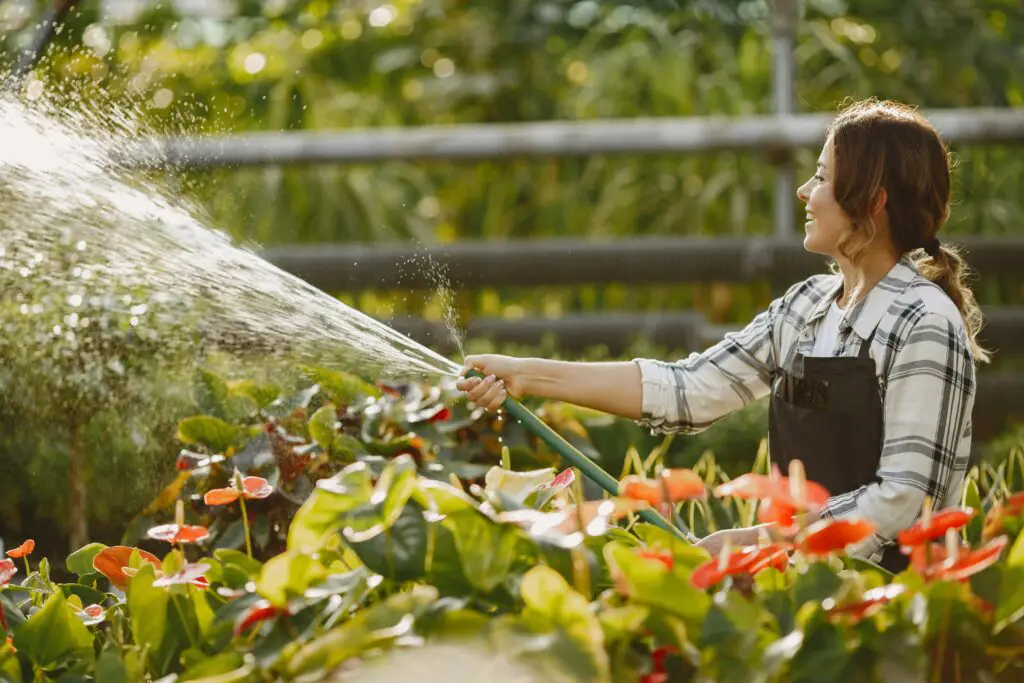
According to The Spruce, overwatering is one of the most common mistakes gardeners make, often leading to root rot and fungal diseases. Many plants prefer their soil to dry out between waterings, but gardeners frequently assume more water means healthier plants. This is particularly problematic for succulents and houseplants that thrive in drier conditions. Checking the soil moisture before watering can prevent this issue.
The best approach depends on the weather, soil type, and what you’re growing. Clay soil, for instance, holds water longer, while sandy soil dries out quickly. A one-size-fits-all watering rule just doesn’t work. Observing your plants and checking soil before watering is more reliable than following a rigid schedule.
2. If a Plant Is Wilting, It Needs More Water
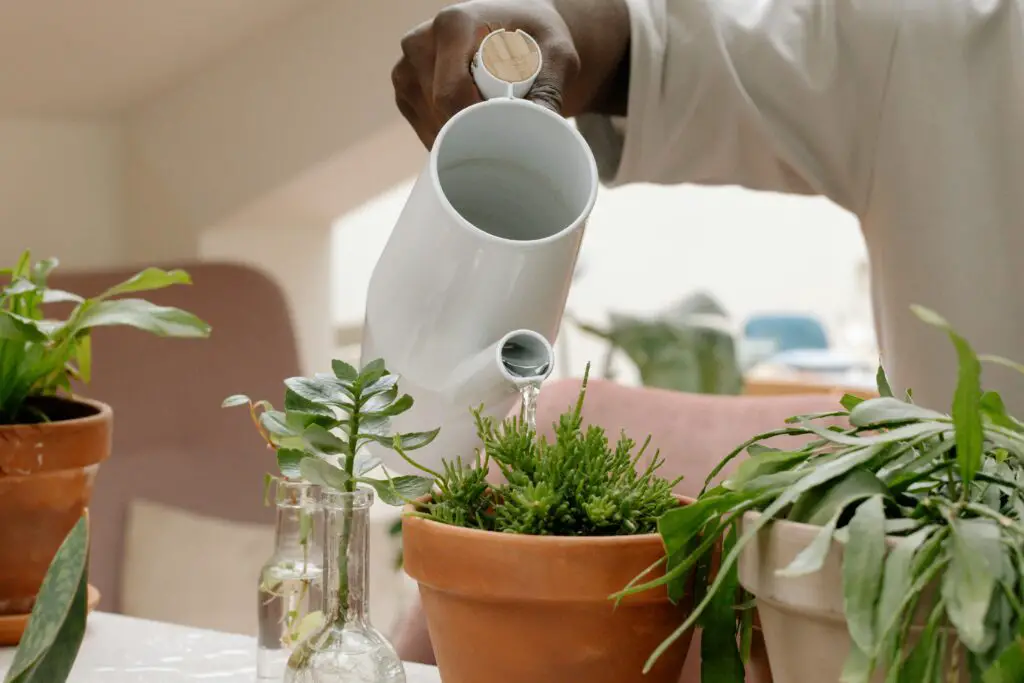
As Real Simple points out, wilting can be a sign of both under- and over-watering. If the soil is already saturated, adding more water will only suffocate the roots and cause rot. Before reaching for the hose, check whether the soil feels dry a few inches below the surface. If it’s damp, the plant may be suffering from root damage or poor drainage.
Proper diagnosis is key to solving the issue. Sometimes wilting happens during hot afternoons even if the plant is well-hydrated—it may perk back up by evening. Getting to know each plant’s watering needs will save you from unintentionally drowning them. Good drainage and smart placement can also reduce the chances of chronic wilting.
3. You Can Use Any Soil for Any Plant
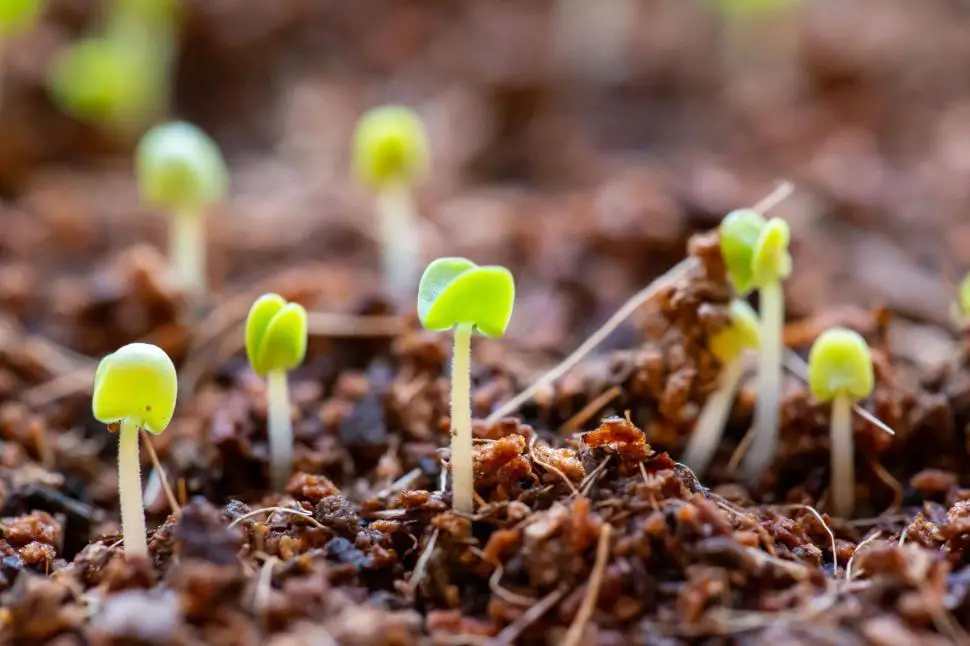
According to Real Simple, soil health is one of the most overlooked factors in successful gardening. Many gardeners focus on watering and sunlight but neglect testing and amending their soil. Poor soil can lack essential nutrients or have improper pH levels, making it difficult for plants to absorb what they need. Conducting a soil test before planting can reveal deficiencies and guide appropriate amendments.
Improving soil quality can be as simple as adding compost, organic matter, or specialized fertilizers. Clay-heavy soil benefits from sand or perlite to improve drainage, while sandy soil needs organic material to retain moisture. Mulching helps regulate temperature and moisture while adding nutrients as it breaks down. Healthy soil leads to stronger plants with better resistance to pests and diseases.
4. Pruning Should Be Done Whenever You Notice Overgrowth
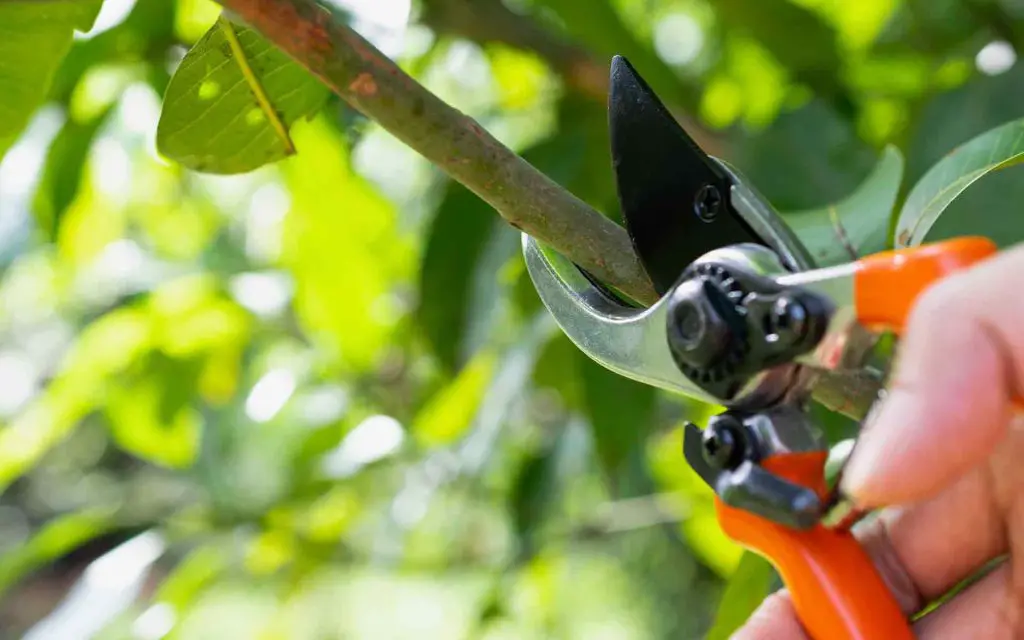
The Old Farmer’s Almanac warns that improper pruning can weaken plants instead of promoting healthy growth. Some gardeners prune too early in the season, causing plants to expend unnecessary energy regrowing before they’re ready. Others trim flowering shrubs at the wrong time, accidentally cutting off buds before they bloom. Knowing when and how to prune each type of plant prevents stress and maximizes growth potential.
Deciduous trees and shrubs often benefit from pruning in late winter while they’re dormant, whereas spring-blooming plants should be pruned after flowering. Removing dead or diseased branches year-round improves air circulation and prevents fungal infections. Over-pruning can lead to weak growth and sun damage, so maintaining a balanced approach is key. Proper pruning techniques ensure plants stay healthy and produce vibrant foliage and flowers.
5. All Bugs in the Garden Are Bad
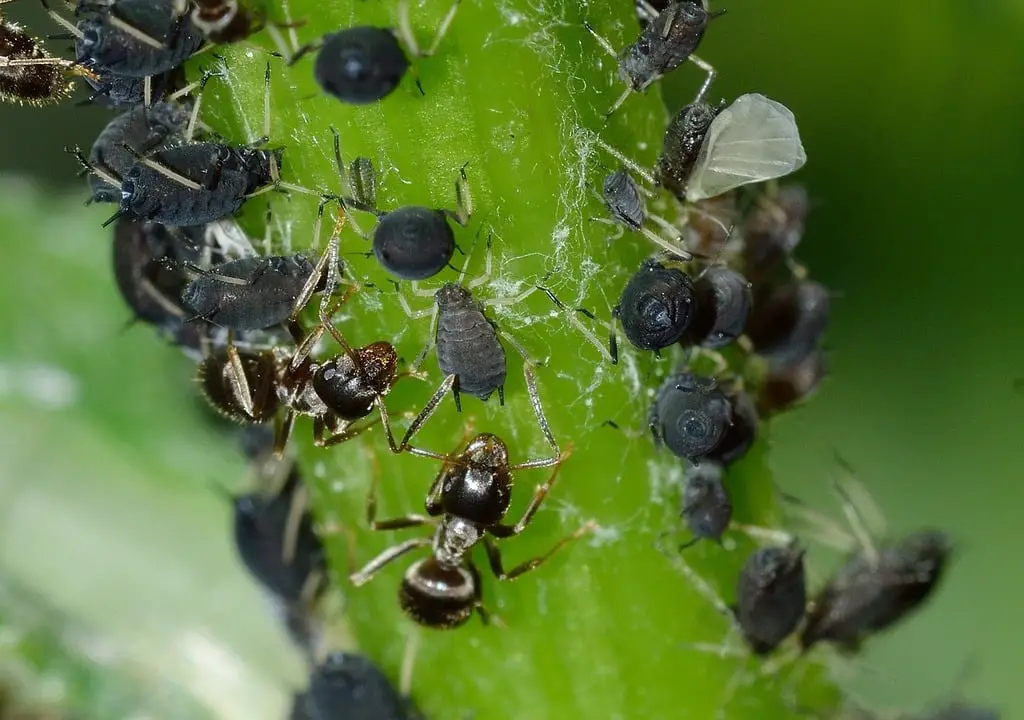
It’s easy to panic at the sight of bugs crawling through your flowers or vegetables, but not all insects are pests. In fact, many—like ladybugs, lacewings, and ground beetles—are beneficial predators that keep harmful bugs in check. Overusing pesticides can actually throw off the ecosystem and leave your garden more vulnerable in the long run.
A healthy garden will attract a balance of pollinators and beneficial insects. Learning to identify good bugs from bad ones helps you take smarter action. Encourage helpful species by planting native flowers, avoiding broad-spectrum sprays, and letting nature work its magic. Sometimes the best pest control is a bug you didn’t even know you needed.
6. Mulch Must Be Piled High
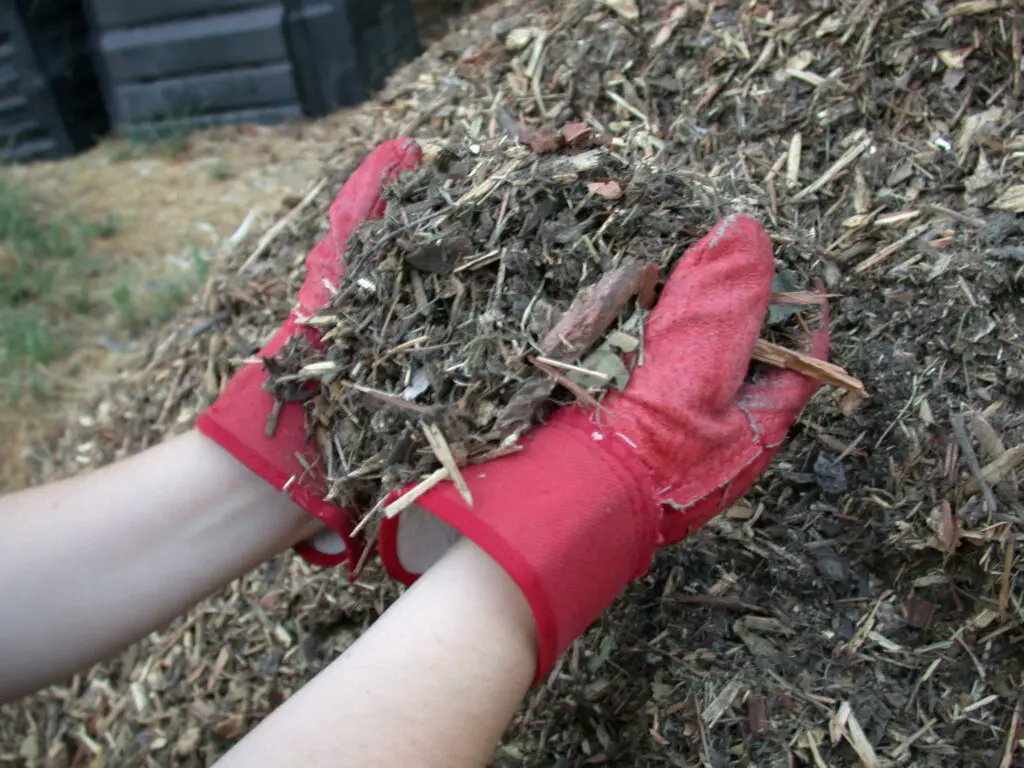
Creating a “mulch volcano” around tree trunks is one of the most common landscaping mistakes. While mulch is great for retaining moisture and suppressing weeds, too much of it pressed against a trunk can trap moisture and invite rot or pest infestations. It’s best to keep mulch a few inches away from the base and spread it in a flat, even layer around the drip line.
This allows the roots to breathe and prevents the bark from decaying. A good rule of thumb is 2–4 inches deep, never piled like a cone. Mulch should protect—not smother—your tree. Keeping it properly spread will improve soil health without damaging your landscape investment.
7. Dead Plants Always Mean You Have a Black Thumb
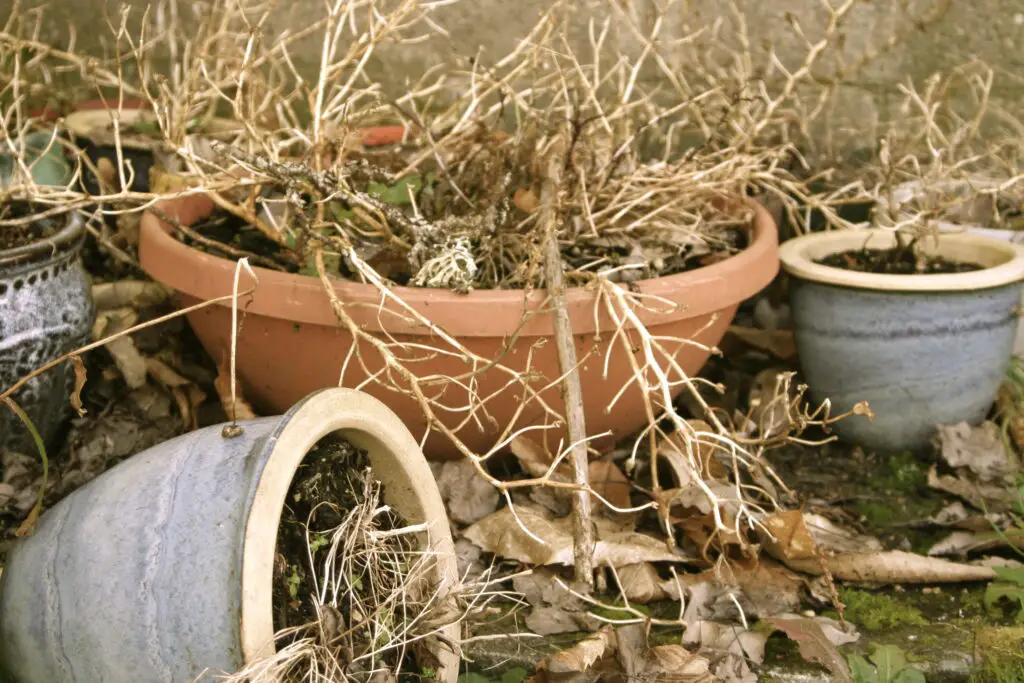
Everyone loses a few plants now and then, even seasoned gardeners. A plant’s death doesn’t necessarily mean you’ve done something wrong. Sometimes the plant was rootbound, diseased when you bought it, or just didn’t adapt to its environment. Other times, factors outside your control—like an unexpected frost—do the damage.
Instead of giving up, try viewing each plant loss as a learning opportunity. Look at how it was planted, how much light it got, or whether it was the right plant for the zone. Gardening is part science and part experiment. Even the best gardeners kill plants—it’s how you grow from it that counts.
8. You should always water your lawn in the evening
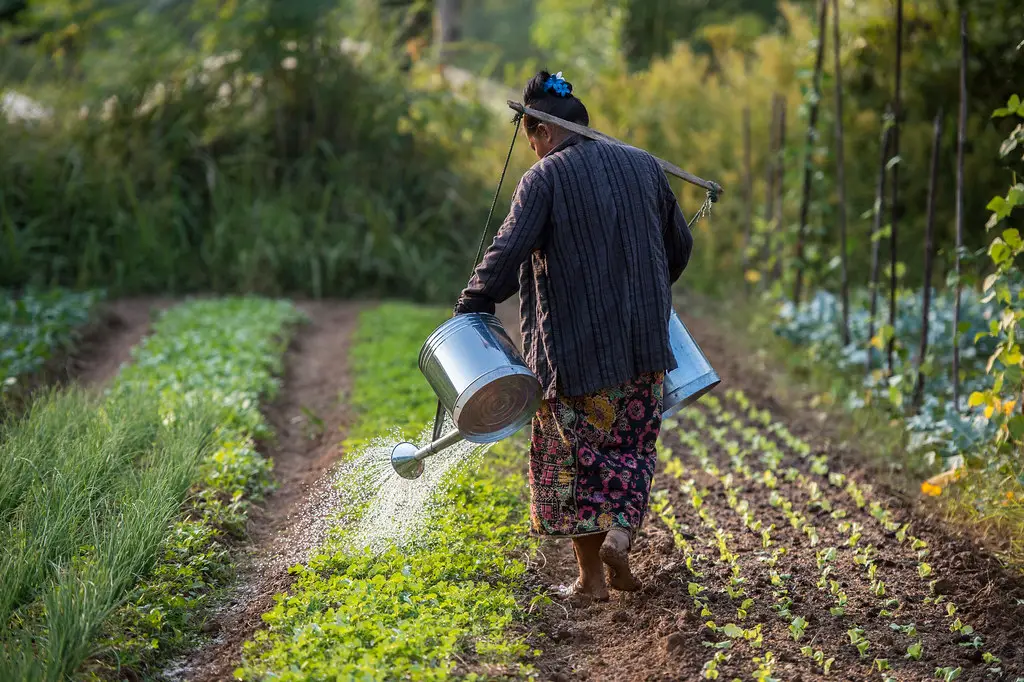
Watering your lawn in the evening can actually do more harm than good. While it may seem smart to avoid the heat of the day, excess moisture sitting on your grass overnight creates the perfect conditions for fungus and disease. Instead of helping your yard thrive, you might wake up to brown patches and mold growth. Experts suggest that early morning—typically between 6 a.m. and 10 a.m.—is the optimal time for watering.
Early morning watering allows time for moisture to soak into the soil while still giving the sun a chance to dry off the blades. This reduces evaporation and ensures the water goes where it’s needed most: the roots. Watering in the evening, on the other hand, can create a cool, damp environment that encourages pests and lawn diseases. Changing your watering schedule could quietly make all the difference in your lawn’s health over time.
9. You Must Till the Soil Before Planting
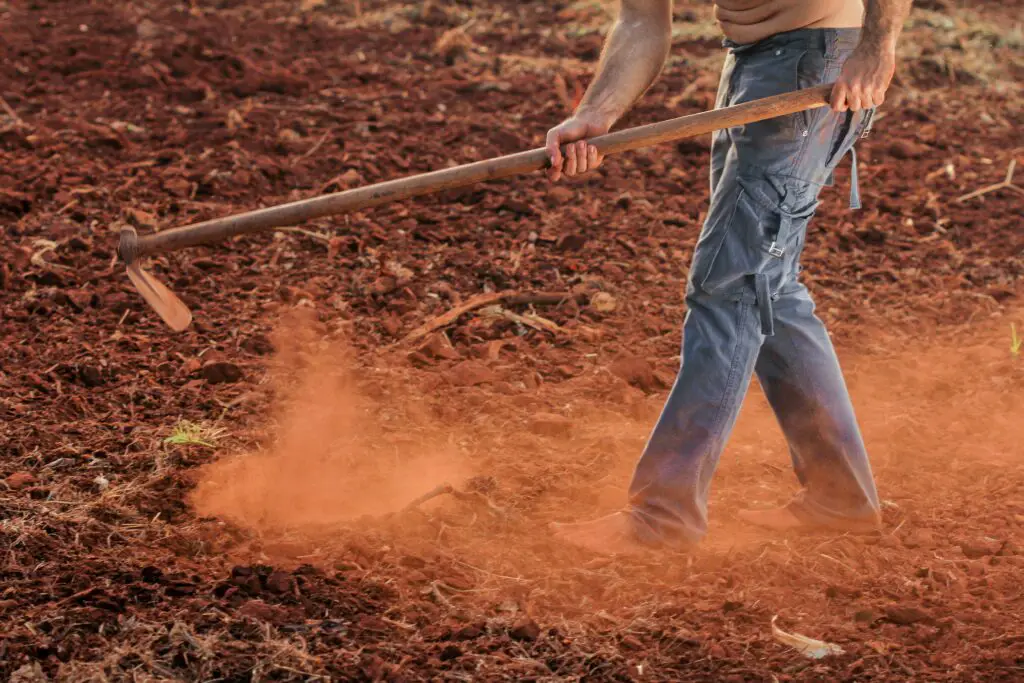
Tilling may seem like a natural step before gardening, but it’s not always necessary—and can actually harm soil structure. Frequent tilling breaks up beneficial fungi and disrupts the microbial life that keeps soil healthy. It can also compact deeper layers and create hardpan that roots can’t penetrate.
Instead, consider no-till gardening or sheet mulching, which builds soil health naturally over time. Adding compost on top and letting earthworms do the mixing can lead to healthier, more resilient gardens. Sometimes less disruption leads to better long-term results. Healthy soil doesn’t always need to be flipped to be productive.
10. You Should Always Remove Leaves in the Fall

While it may seem tidy to rake up every last leaf, a layer of leaves can actually help insulate your soil and protect beneficial insects through winter. Many pollinators lay eggs or overwinter in leaf litter, and removing it too early disrupts their life cycles. Plus, decomposing leaves return nutrients to the soil.
Consider leaving a portion of your yard “wild” over winter, or use shredded leaves as mulch in garden beds. This natural approach supports biodiversity and reduces the need for synthetic fertilizers. Nature has its own way of recycling—sometimes, all you have to do is let it.
11. Planting in Full Sun Means All-Day Sun
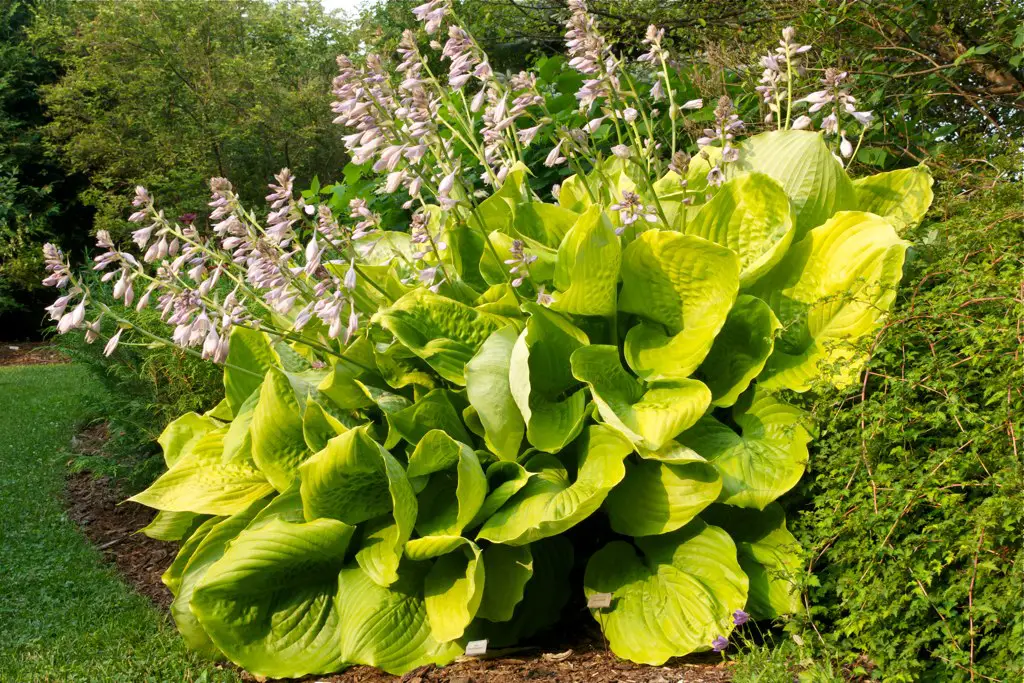
The term “full sun” often confuses new gardeners into thinking a plant needs sunlight from dawn until dusk. In reality, most full-sun plants thrive with six to eight hours of direct sunlight—not necessarily all day long. Too much exposure, especially in extreme heat, can cause leaf scorch and dehydration.
Observing how the sun moves across your yard helps you choose better planting spots. Morning sun tends to be gentler than harsh afternoon rays, so it can be ideal for plants that need bright light but not intense heat. Understanding your microclimates helps you avoid sun stress and wasted effort.
12. Homemade Remedies Are Always Safer Than Commercial Products
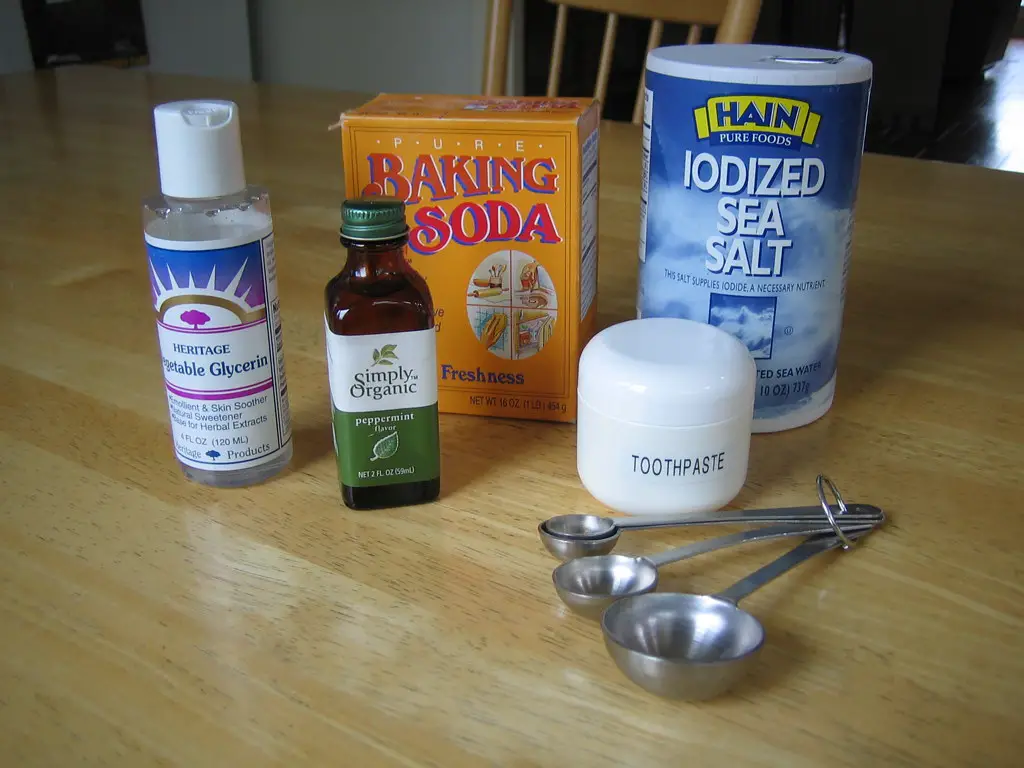
It’s tempting to assume that homemade sprays and solutions are automatically better for your garden and the environment. But just because something is “natural” doesn’t mean it’s harmless. For example, vinegar and salt can damage soil and kill beneficial organisms if overused. Even essential oils can harm bees and pollinators in high concentrations.
Always research the ingredients in any DIY remedy and test in a small area first. Sometimes, the best choice is a product that’s been tested for safety and efficacy. Natural doesn’t always mean gentle—especially when used improperly. A little caution goes a long way in protecting both your garden and the ecosystem around it.
13. You Can’t Garden Without a Green Thumb
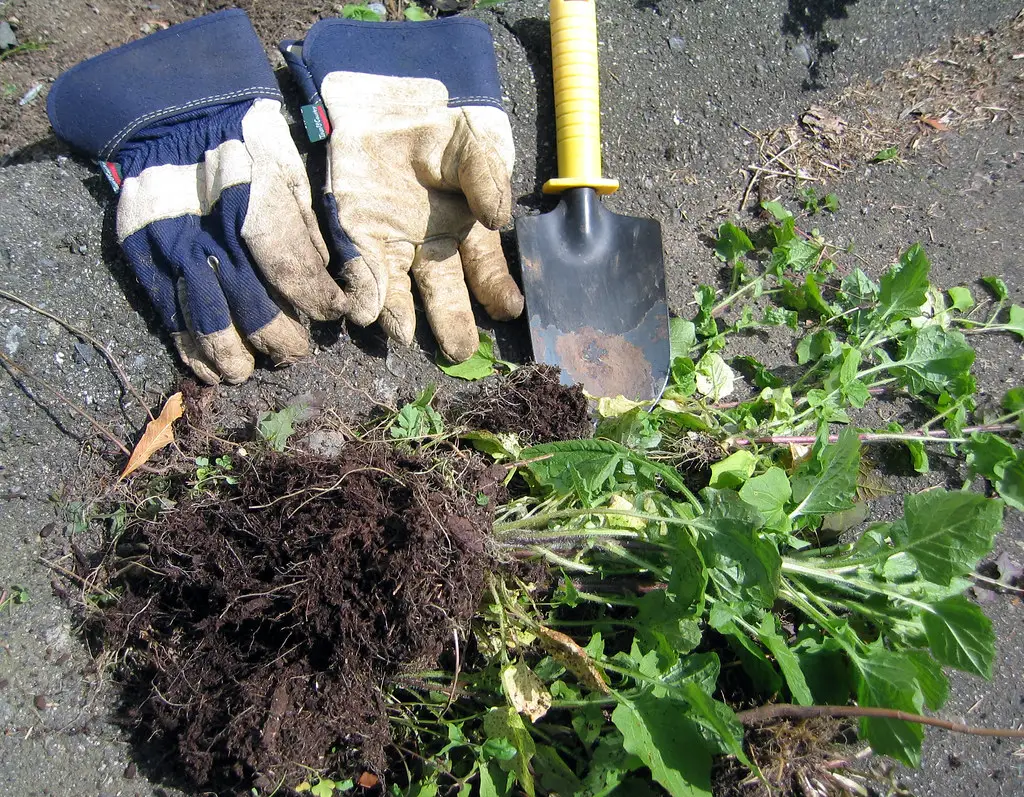
The idea of a “green thumb” makes gardening seem like a magical talent that you either have or don’t. In truth, gardening is a skill that improves with experience, observation, and a bit of trial and error. Anyone can learn how to grow healthy plants—it’s more about curiosity and patience than innate talent.
Start small and build confidence by choosing hardy plants suited to your climate. Keep notes on what works and what doesn’t. Over time, you’ll develop a feel for your garden’s unique rhythms. Gardening success is less about luck and more about learning.
14. Native Plants Are Boring
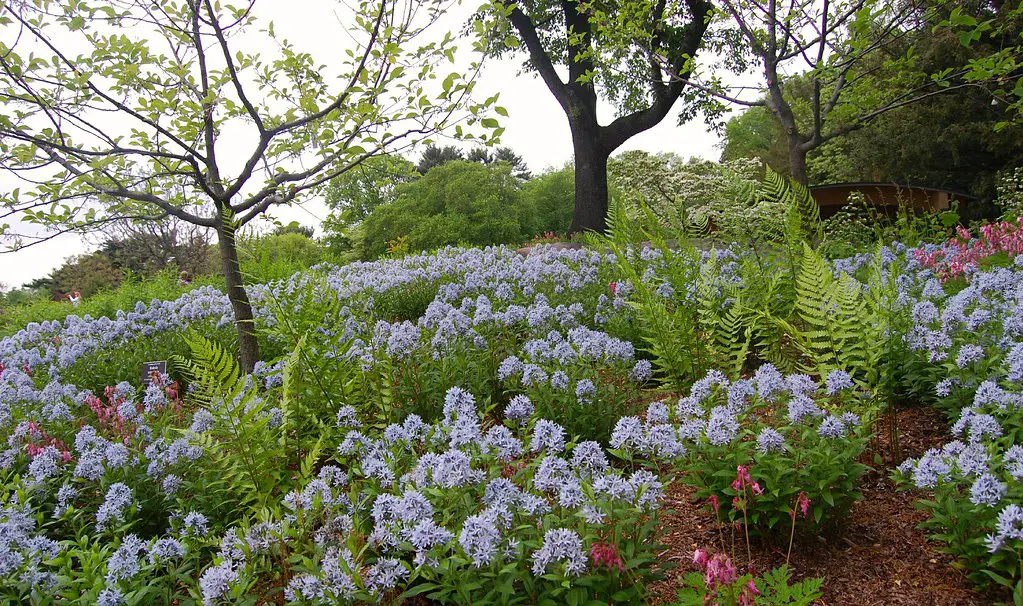
Some gardeners shy away from native plants, assuming they lack the color or drama of exotic species. But native plants can be just as vibrant—and often far more resilient—because they’re adapted to local soil, rainfall, and wildlife. They often require less water, fewer pesticides, and little maintenance once established.
Incorporating native varieties also supports local pollinators and contributes to ecological health. You can still mix in non-native favorites for variety, but anchoring your garden with native plants creates a strong foundation. Beauty and sustainability don’t have to be mutually exclusive—especially when the most impressive plants are already suited to thrive in your backyard.
